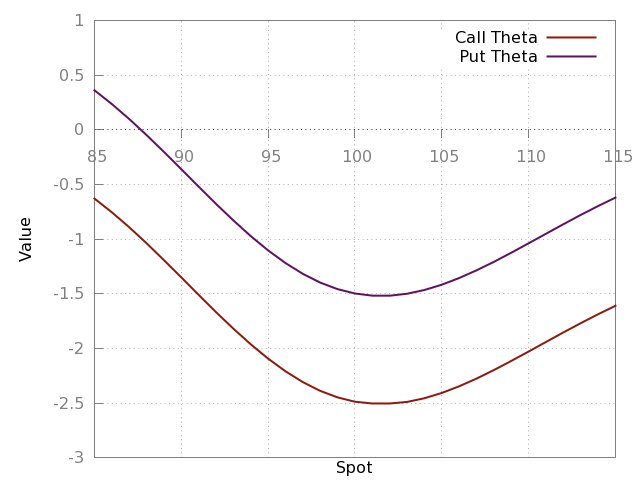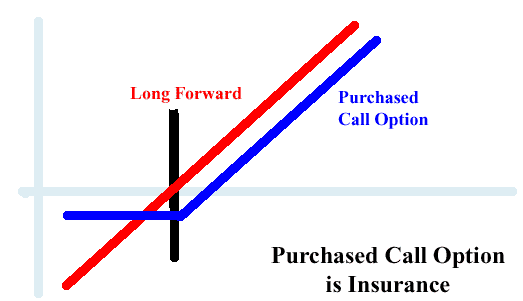The Difference Between Call and Put Options
Post on: 26 Апрель, 2015 No Comment

In their most basic form, buying options represent an investor the right, but not the obligation, to take some form of action, such as buying or selling shares of an underlying stock, by a specific predetermined date.
There are two kinds of options. These are call options and put options. Likewise, there are also two sides to every option trade. These are the party who is buying the option and the party who is selling, or writing, the option.
A call option is essentially an agreement giving an investor the right, but not the obligation, to purchase a stock, or other underlying asset, at a specified price within a predetermined period of time.
The purchaser of a call option has the right to buy shares at the underlying asset’s strike price until the expiration date of the call. The purchaser of the call does not, however, have an obligation to purchase the underlying shares.
An investor who sells, or writes, a call, however, will have an obligation to sell his or her shares of the underlying asset at a specific price should the call buyer decide to buy those shares. Therefore, if an investor purchases a call option on ABC stock with a strike price of $20, that call buyer has the right to exercise that option and pay $20 per share should they decide to purchase ABC shares at that price. And, should that call buyer decide to do so, then the call writer, or seller, will be obligated to sell their shares of ABC stock at the $20 price.
The buyer of a call option intends to profit when the price of the underlying stock shares go up. And, the price of the call option will rise as the underlying shares of stock go up. The writer, or seller, of a call is hoping for just the opposite, as they will profit more if the price of the underlying shares declines.
A put option is an agreement that gives the owner of that put the right, but not the obligation, to sell a set amount of an underlying stock or other asset at a specific price within a specific period of time.
Therefore, the buyer of a put option has the right to sell their underlying shares at a set price. Conversely, sellers of put options are obligated to purchase shares of the underlying stock at the set strike price should the put buyer decide to sell their shares.

The buyer of a put option will profit when the price of the underlying stock falls. And, the value of a put option goes up when the price of the underlying stock falls. Therefore, writers of put options are hoping for the option to expire with the price of the underlying stock still above the option’s strike price.
Want to join our community of options traders worldwide through our Insiders Club?
Remember: The FACT is most traders can get better with hands on’ style learning from a veteran trader. So don’t wait another minute and join our private club.
Test Drive It Here —> https://www.simpleroptions.com/public/5.cfm














